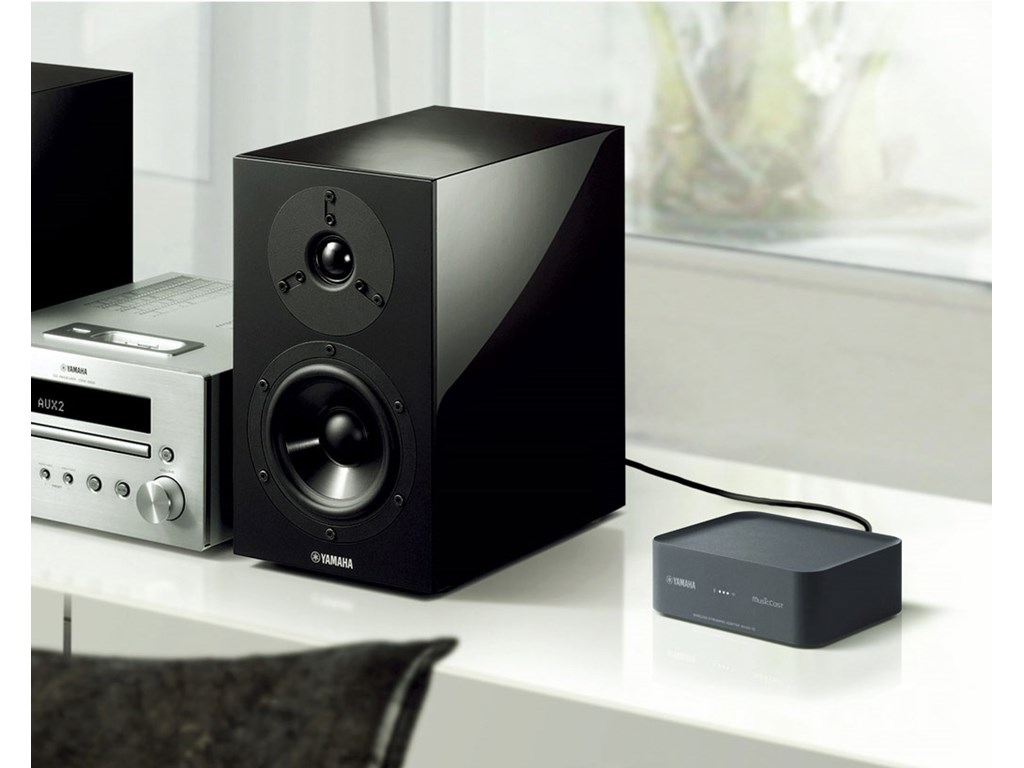

Well, globally, the Naim pair sounds better, to my taste, with a more linear presentation. I can't avoid comparing these components to another vintage pair I've recently reviewed ( Naim NAC12 & NAP120). Instead, the sound is clean, well-controlled, articulated, precise. This vintage Meridian combo looks and sounds incredibly modern! There's no trace of that fluffy, muddled, “warm” and blurred sound of many vintage amplifiers. The power amp uses ugly push-type binding posts, hence just moderately thick bare wire is allowed. In case of overheating, there's a thermal protection that kicks in, as it can be seen in the picture below. Considering the power amp chassis acts as heatsink, it is better to place it alone, so to avoid excessive heat buildup. Connecting the three units together is not exactly straightforward, but the markings in the rear panels clarify everything. The 101 preamp is a work of art! The 103 power amp used, like the Naim NAP120, two pairs of BDY56 transistors, while the PSU relied on a good toroidal transformer and a pair of ITT 6800uF electrolytic caps. Having a look at the inside one can't help but notice the extremely clean and neatly-designed circuits and layouts. Few units/prototypes of a MC step-up (102) and of a 150 watt power amp (107) were built/sold. This way the power output increased up to 45+45 watt per channel on a 8 ohm load (this power amp was sold as 103D). For some extra power output, you could add a secondary power supply (two 103.5 PSUs, that is). The 105 power amp was a 100 watt monoblock, while the 103 was a 35+35 watt stereo unit with a separate power supply. Moreover, electrolytic caps were removed from the signal path and replaced with tantalum/metal film ones. This revised version of the 101 included a balanced output module (it can be seen in the pic below), a redesigned motherboard and gold-plated RCAs for phono input (DIN for radio and tape). The unit under test is a 101B, where B stands for “balanced”. Of course, the 101 was the perfect preamp for the M-series active loudspeakers. The volume pot acted as a power on switch as well, while the balance control was coaxial.

The preamp also had two line inputs, labelled TAPE and RADIO. Twenty different types of MM and MC boards were available, for fine cartridge matching. The 101 preamp was a modular design, with boards that could be easily unplugged and upgraded by the end user (more or less like in the Naim NAC 12 preamp).

The design of these components was revolutionary at that time! It consisted of a preamplifier, called “control unit”, the 101, two different power amplifiers (the 103 and the 105), a power supply (103.5) and the 104 tuner.
#Meridian audio tuner series
Let me return to the Series 100 by Meridian. Piet Gouw, product manager at Philips, was responsible for the launch of most of the revolutionary Motional Feedback loudspeakers. Before the M1, we shouldn't forget the Philips MFB (Motional Feedback) loudspeakers, the RH 532 in particular, released in 1974. Meridian's first product, though, was the M1 active loudspeaker, perhaps some of the first active loudspeakers (called “interactive”) specifically designed for domestic listening. The second British Design Council Award arrived in 1982 with the 100 Series I'm about to review.

Meridian Audio Ltd was founded by Bob Stuart and Allen Boothroyd in July 1977, albeit they started working together since the early 1970s, designing the famous Lecson Audio product line, which is on permanent display in the New York Museum of Modern Art and for which they won their first British Design Council Award in 1974. Then there are vintage components that can be slightly upgraded/tweaked to give them new life. Few vintage components can pass this test, most of them sound outdated, inadequate, sometimes even embarassing. Our section Jurassic (S)park! is devoted to rediscovering HiFi components of the past, judging them using today's standards. price: highly variable (see text for details) Product: Meridian 101 & 103, preamp + power ampĪpprox.


 0 kommentar(er)
0 kommentar(er)
